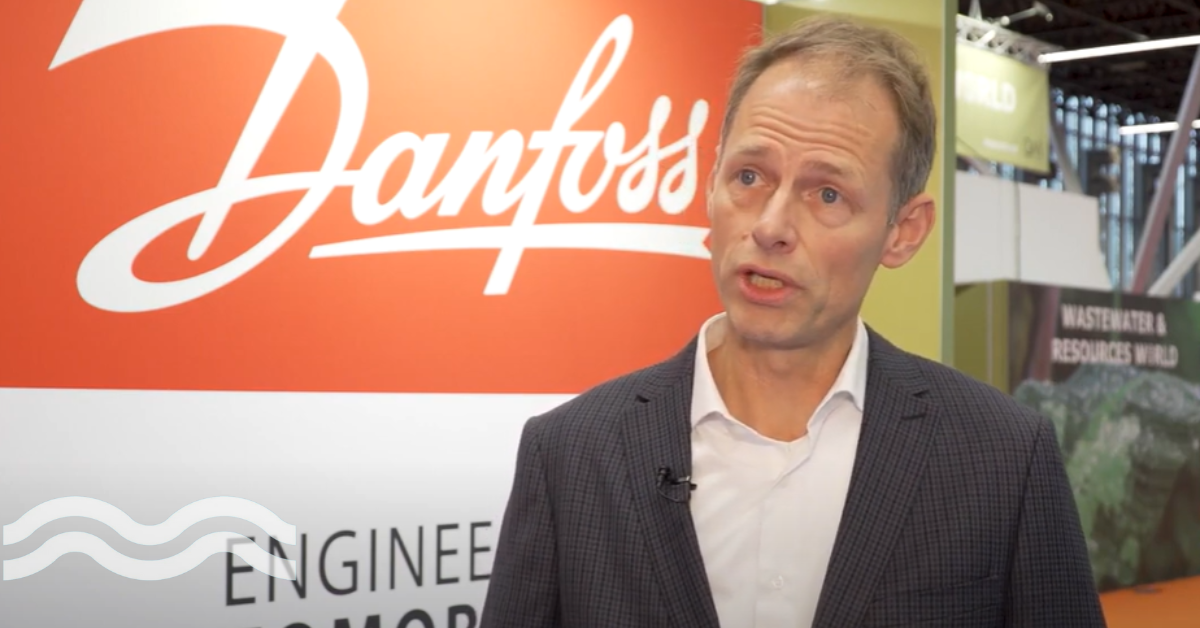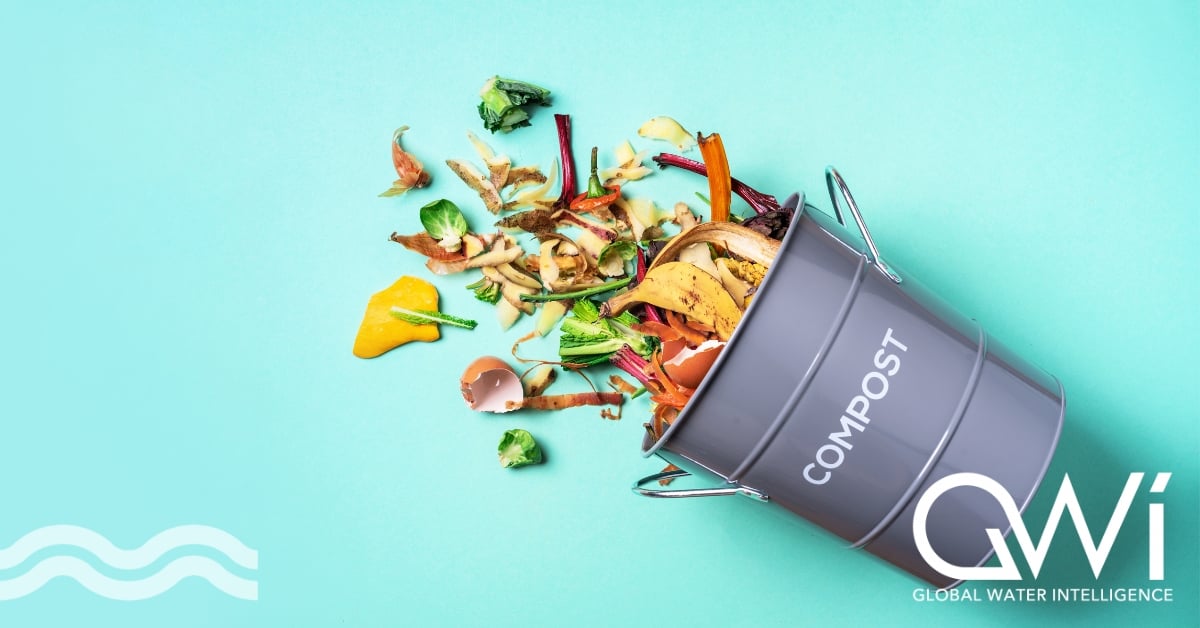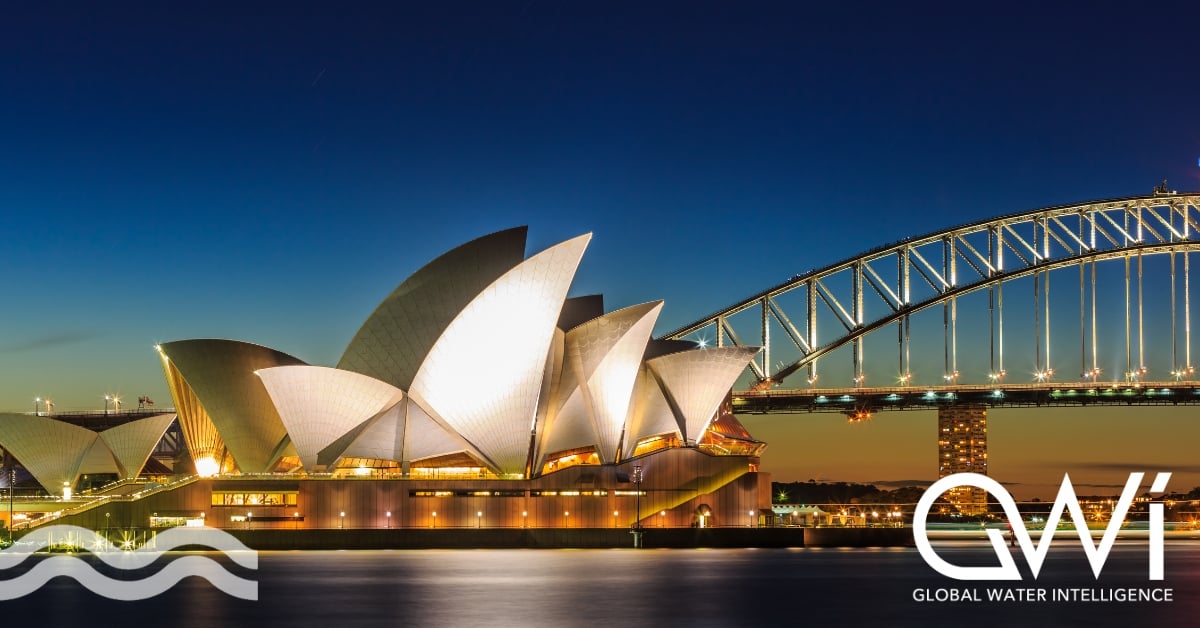VIDEO: Designing water pumps with circularity in mind
The circular economy, within the water context, is usually associated with water recycling, or resource and energy generation. But what about designing water technology that has a longer life expectancy and is easier to repair? Soren Schoubye from Danish company Danfoss discusses a three-fold framework: rethinking, reducing, and recirculating.
Designing pumps with an extended lifespan
Danish company Danfoss is pushing the boundaries of circularity by focusing on designing water pumps with an extended lifespan. The company’s approach revolves around what it coins the three-fold framework: rethinking, reducing, and recirculating.
Speaking to Aquatech Online during Aquatech Amsterdam, Danfoss’ head of sales, Soren Schoubye, recognises the importance of considering the entire lifecycle of a product from its inception.
“In the ‘rethinking’ phase, emphasis is placed on material use, aiming to reduce the overall quantity of materials while carefully selecting rare materials for reusability. This thoughtful consideration extends to the end of a product's life, where refurbishment, repair and maintenance play pivotal roles in prolonging usability,” he says.
The full video interview can be seen below:
Material efficiency and responsibility
The company aims to reduce waste and environmental impact and claims that 80 per cent of all newly developed products by 2030 will adhere to these circular parameters. This includes designing products that are not only energy-efficient but also considerate of the materials used, ensuring they can be easily dismantled, refurbished, or recycled.
The circular thinking extends beyond just the product design. Schoubye adds that the company manufactures high-pressure pumps equipped with specified service intervals and customers and original equipment manufacturers (OEMs) are trained to perform maintenance themselves. This approach not only enhances the product's lifespan but also reduces the need for sending personnel globally to fix minor issues, aligning with the company's circular ethos.
Innovative concepts, such as reclaiming components for refurbishment, are also being explored. This involves retrieving components from used products and integrating them into either new or refurbished products. This concept challenges the conventional approach where a part of a product is considered lost. By focusing on refurbishing components, the company aims to extract maximum value from materials, contributing to a more sustainable and circular model.
Collaborating on circular economy initiatives
The circular thinking at Danfoss is echoed at water pump company Grundfos and plumbing company Wolseley Group who recently won a collaboration award in recognition of their efforts to improve the circular economy within the hvac industry.
The companies spearheaded a ‘Take Back Scheme’, which encourages customers to return their old pumps, which are then recycled, which saves 50 per cent of the water and 13 per cent of CO2 emissions versus traditional recycling and ensures more of the recycled material re-enters the supply chain.
“Innovating through circular economy models is critical if our sector is to drive the level of sustainable change required, not just in reducing greenhouse gas emissions but in creating greater efficiency and reuse in water and waste-water management,” said Nick Coad, head of ESG at Wolseley.
Meanwhile water solutions company, Xylem, is working on designs with extended life expectancies and enhanced repairability. By prioritising durability and ease of maintenance, the organisation said it aims to shift the industry away from a disposable mindset, ultimately reducing equipment redundancy and minimising wastage.
We promise never to send you spam and you can unsubscribe at any time!






